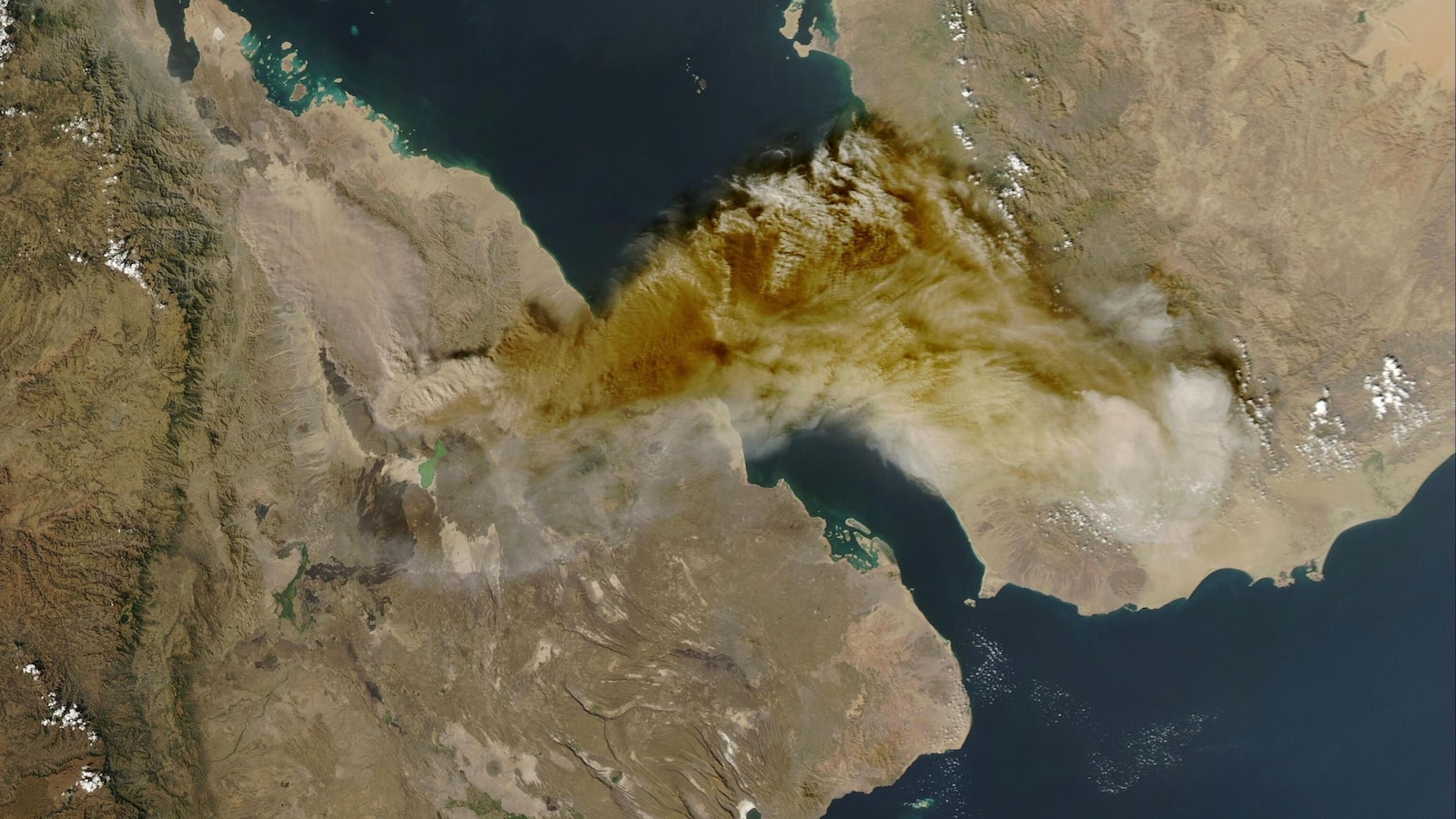ADDIS ABABA, Ethiopia — Volcanic activity in northern Ethiopia’s long-dormant Hayli Gubbi volcano subsided Tuesday after an eruption over the weekend that left a trail of destruction in nearby villages and caused flight cancellations after ash…
Ethiopian volcano subsides, leaving a trail of disruption and canceled flights
